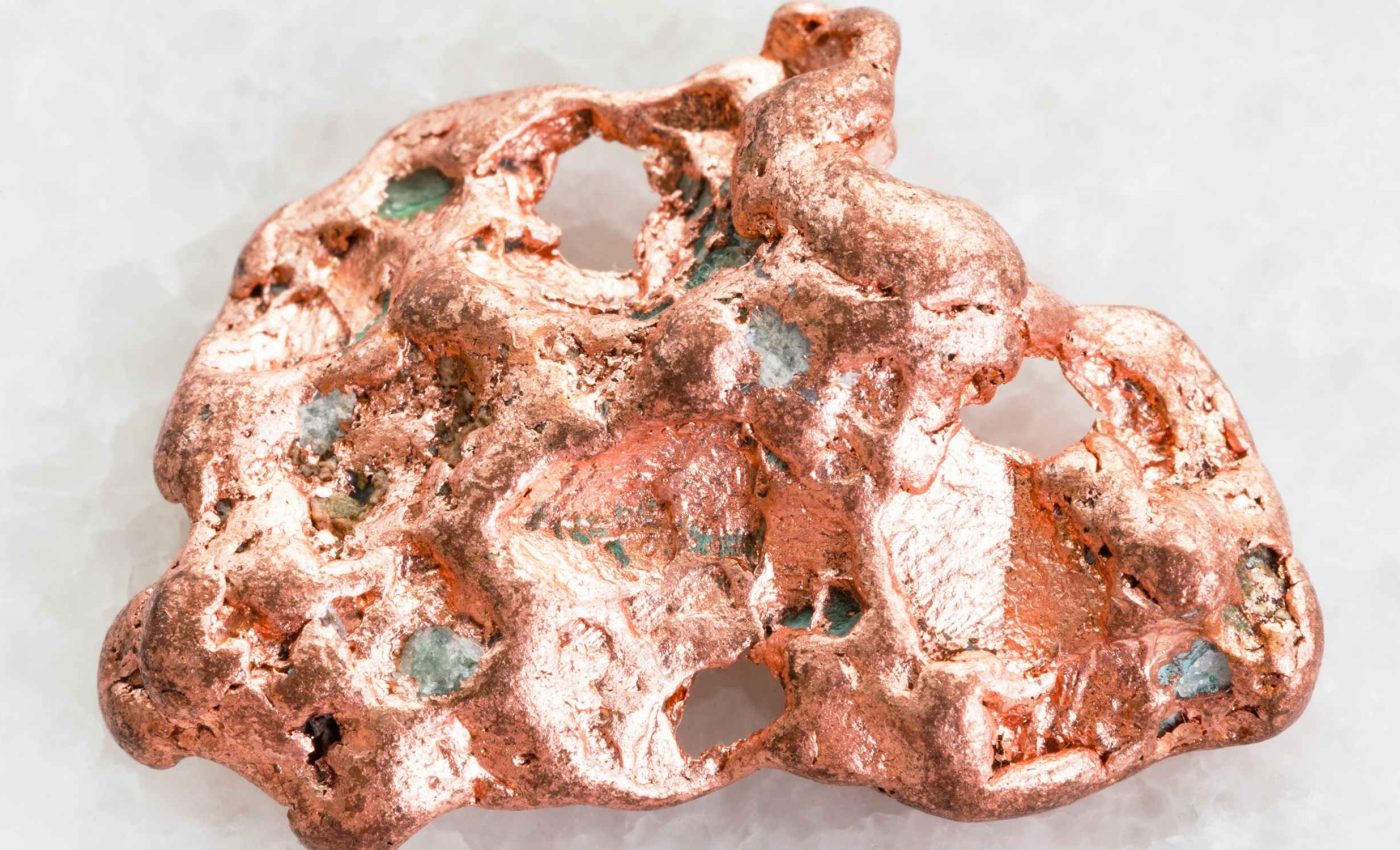
Discovery of a 20 million ton copper super-deposit
A surprising copper deposit has been identified in a remote region, capturing the attention of mining analysts. Preliminary data suggests the lode measures well above 20 million tons, far surpassing previous estimates.
Reports indicate that the site is nestled in the Tibetan plateau, also known as the Qinghai-Xizang region, an area traditionally overlooked by geologists searching for copper. This new information has sparked global conversations about the future of resource exploration.
The significance of copper
“This is a critical metal for renewable energy,” said Tang Juxing, an academician of the Chinese Academy of Engineering.
He has emphasized that wind, solar, and emerging vehicle technologies all rely on copper’s superior conductivity for efficient performance.
Copper has long been prized by manufacturers for its versatility. It is used in electronics, architecture, transportation, and power infrastructure, making it essential for nations that aim to develop strong supply chains.
Growing demand in green industries
Experts note that electric cars, in particular, use more copper than traditional cars. Some estimates show that a single wind turbine can incorporate nearly 4 tons of copper to optimize its generators and wiring.
Solar power systems also depend on copper for efficient conduction, which means sizable deposits can fuel rapid growth in clean energy installations.
This serves as a reminder of copper’s increasing relevance in reducing carbon footprints worldwide.
Impact on global competition
Mining analysts believe China’s newly identified trove could bolster domestic production. The development will likely reduce reliance on international suppliers and shift negotiations around metal pricing.
Some industry observers warn that concentrated control of this metal will amplify economic sway. Major producers in South America and other regions are watching these changes with growing concern.
Challenges at high altitudes
Logistics remain complicated when extraction sites lie in freezing, rugged terrain. Researchers are studying ways to reduce hazards, including specialized drilling systems that can function in unpredictable temperatures.
Technological breakthroughs may reshape extraction norms for other mountainous regions. Remote sensing tools and automated machinery could become standard practice, simplifying future mining activities.
Environmental responsibility
Local advocates voice concerns about potential harm to fragile ecosystems. Companies operating in the plateau plan to explore methods that minimize disruption, which include advanced filtering systems to manage wastewater responsibly.
Over the years, some high-altitude projects in China have tested environmentally friendly techniques. Adopting these approaches for copper extraction may protect local flora and fauna from irreversible damage.
Community perspectives
Increased economic activity often brings an influx of jobs and new infrastructure. Some residents hope the project will deliver modernized roads, faster communication networks, and educational programs that benefit families.
Others worry about cultural shifts tied to outside influences. Preserving local traditions becomes a priority when mining projects open remote territories to workers from distant cities.
Trade tensions and resource security
Analysts say metals remain at the heart of ongoing trade disputes. Disruptions linked to tariffs have already stressed copper scrap supplies, forcing some smelters to switch to pricier ore.
Companies in the United States and abroad are looking for alternative sources.
This pressure may persuade governments to reevaluate bilateral agreements on metals to protect both domestic industries and international ties.
Implications for energy transitions
Global carbon reduction goals rely on stable access to raw materials. Copper wires connect power grids, support energy storage, and enable electric mobility, so new deposits can lower risks of bottlenecks.
A consistent supply means energy projects may stay on schedule. Investors tracking wind, solar, and zero-emission vehicle targets watch these resource developments to gauge the future cost of green technologies.
Efforts to balance progress
Scholars have stressed the importance of sustainable approaches. They highlight reclamation policies that encourage companies to restore mined land for agriculture and wildlife once the deposit is exhausted.
Observers note that balanced progress depends on collaboration among local governments, environmental specialists, and mining organizations. Strong partnerships can help communities thrive without sacrificing their heritage.
New directions for research
Geological teams continue to map untapped veins in surrounding areas. Upgraded imaging technologies may point to additional finds, which could influence resource strategies in other nations.
Scientific data from these efforts often circles back into economic discussions. Policymakers rely on accurate mapping to plan infrastructure and negotiate trade partnerships responsibly.
Possible shifts in supply chains
Manufacturers value reliable deliveries of metals. If they view one region as especially robust, factories might relocate or diversify to ensure they can secure essential materials quickly.
Some experts predict a transformation of supply chains as the market reacts. Local and international partnerships might form around advanced processing, recycling, and refined manufacturing to meet anticipated demand.
Cautious optimism
Optimism surrounds this large copper discovery, though the long-term impact remains unknown. Voices from environmental advocates, local residents, and global industries will shape how the site develops.
China’s new deposit may further guide the conversation on resource independence. Policy adjustments and diplomatic measures could follow, given how pivotal copper is for modern society.
—–
Like what you read? Subscribe to our newsletter for engaging articles, exclusive content, and the latest updates.
Check us out on EarthSnap, a free app brought to you by Eric Ralls and Earth.com.
—–













